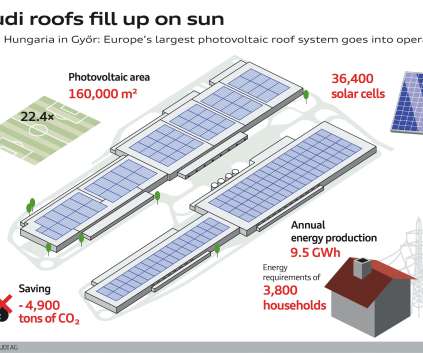Alstom and MOL to explore use of hydrogen technologies for rail transport in Hungary
Green Car Congress
DECEMBER 6, 2021
Alstom and MOL, Hungary’s leading oil and gas company, have signed a Memorandum of Understanding to structure cooperation in examining the use of hydrogen technology in rail transportation. The only emission from a hydrogen train is water; it produces no harmful particulate or gaseous emissions.














Let's personalize your content